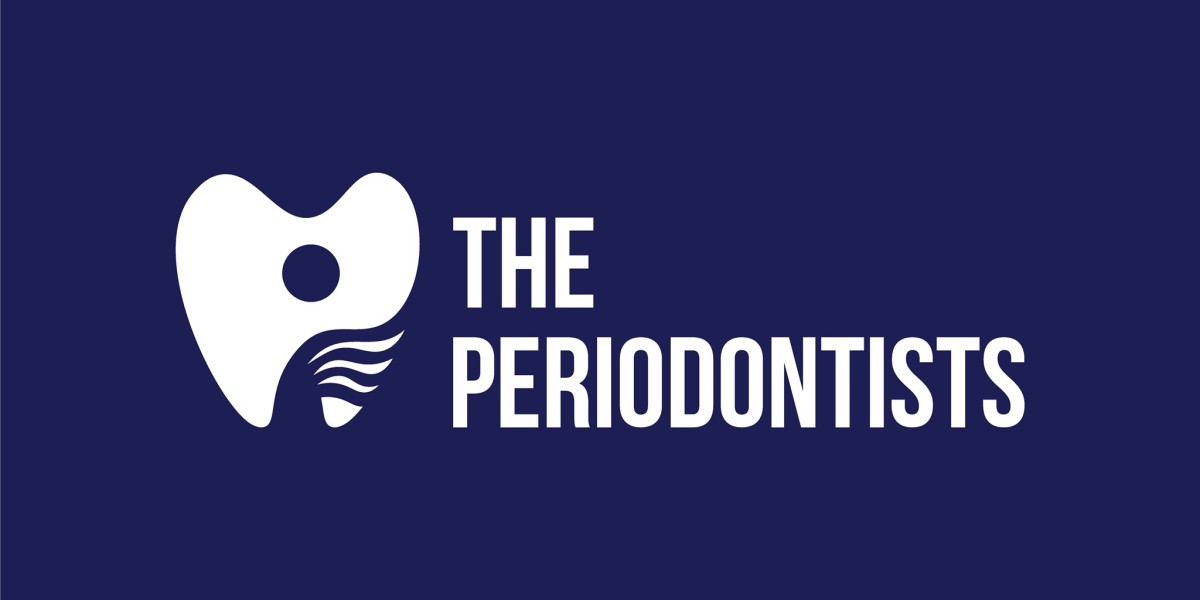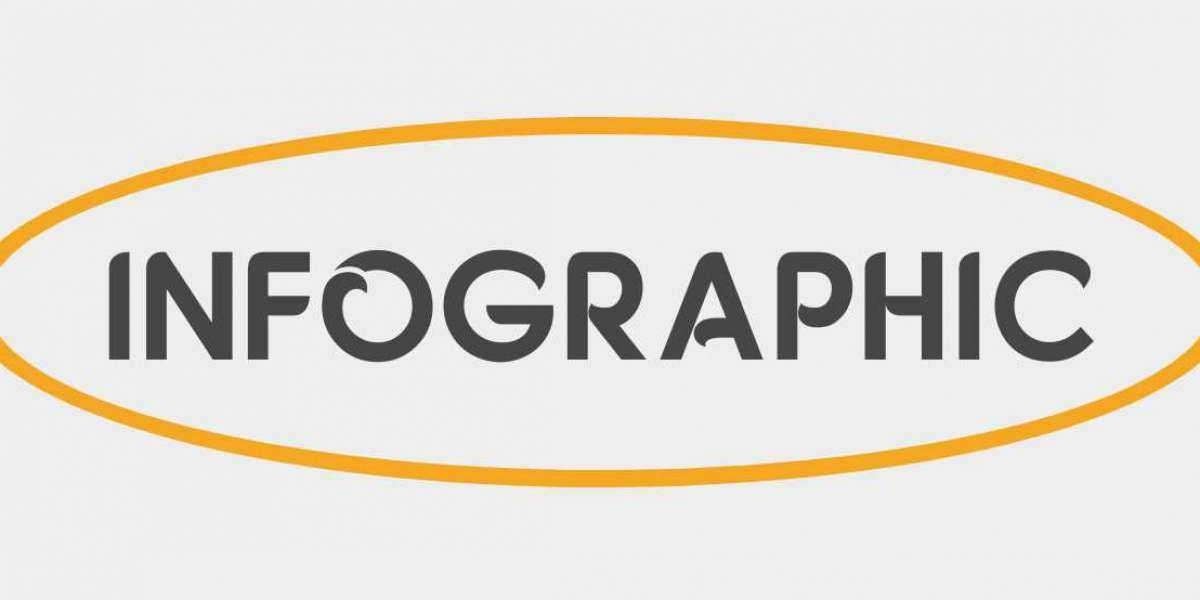Introduction
When it comes to oral health, most people think of dentists for their regular check-ups and treatments. However, there's a specialized field within dentistry that's dedicated to the health of your gums and supporting structures: periodontics. Periodontists are revolutionizing gum treatment with innovative techniques and personalized care, ensuring that your smile stays healthy and vibrant.
Understanding Periodontics
Periodontics is a branch of dentistry that focuses on the prevention, diagnosis, and treatment of periodontal disease, as well as the placement of dental implants. Periodontists are experts in managing diseases like gingivitis and periodontitis, which can lead to serious health issues if left untreated.
Advancements in Gum Treatment
Over the years, gum treatment has evolved significantly. Modern techniques and technologies have made it possible to detect and treat periodontal disease early, preventing more severe complications. Early detection is crucial because it allows for less invasive treatments and better outcomes.
Frenectomy: A Game Changer
One of the groundbreaking procedures in periodontics is the Frenectomy. This minor surgical procedure involves the removal of the frenulum, a small fold of tissue that can restrict movement and cause oral health issues.
What is a Frenectomy?
A frenectomy is often performed to address issues like tongue-tie or lip-tie, which can affect speech, eating, and oral hygiene.
Benefits of Frenectomy
The benefits are significant, including improved oral function, enhanced speech, and better overall oral health.
Procedure Overview
The procedure is quick and minimally invasive, often completed in under an hour with local anesthesia.
Gum Grafting: Restoring Your Smile
Another essential treatment in periodontics is gum grafting. This procedure is used to cover exposed roots, reduce sensitivity, and prevent further gum recession.
Understanding Gum Grafting
Gum grafting involves taking tissue from another part of the mouth or using synthetic materials to cover exposed roots.
Types of Gum Grafts
There are several types of gum grafts, including connective tissue grafts, free gingival grafts, and pedicle grafts.
Benefits of Gum Grafting
Patients benefit from reduced sensitivity, improved aesthetics, and a healthier gum line.
Diagnosis and Assessment
The journey to better gum health starts with an initial consultation. Periodontists use various diagnostic tools and techniques to assess the condition of your gums and create a personalized treatment plan.
Personalized Treatment Plans
No two patients are the same, and periodontists understand this. They customize treatments based on individual needs, ensuring the best possible outcomes. Case studies and success stories highlight the effectiveness of these personalized approaches.
Minimally Invasive Procedures
Minimally invasive techniques have become the standard in periodontics, offering patients faster recovery times and less discomfort. These procedures are designed to be as gentle as possible while delivering excellent results.
Technology in Periodontics
Technology plays a crucial role in modern periodontics. Laser treatments, for example, offer precise and effective options for treating periodontal disease. Digital imaging and 3D printing also enhance the accuracy and efficiency of treatments.
Preventive Care and Maintenance
Preventive care is vital for maintaining healthy gums. Regular check-ups and cleanings help catch issues early and keep your oral health on track. Good oral hygiene practices, such as brushing and flossing, are essential in preventing periodontal disease.
Patient Education and Awareness
Educating patients about periodontal health is a priority for periodontists. They provide resources and support to help you understand the importance of gum health and how to maintain it.
Common Myths and Misconceptions
There are many myths and misconceptions about periodontal disease. Periodontists work to debunk these myths and address patient concerns, ensuring that you have accurate information about your oral health.
Future of Periodontics
The field of periodontics is constantly evolving. Emerging trends and research, including the role of artificial intelligence, promise to further revolutionize gum treatment. These advancements will continue to improve patient care and outcomes.
Conclusion
Periodontists are at the forefront of revolutionizing gum treatment, providing advanced, personalized care to ensure optimal oral health. Their expertise in procedures like frenectomy and Gum Grafting, combined with the latest technology, makes them essential in the fight against periodontal disease.
FAQs
What is the recovery time for a frenectomy?
Recovery time for a frenectomy is typically quick, with most patients returning to normal activities within a few days.
How long does gum grafting take to heal?
Healing time for gum grafting varies but generally takes a few weeks for the initial healing and a few months for complete healing.
Are there risks associated with periodontal treatments?
Like any medical procedure, periodontal treatments carry some risks, but they are generally low and can be minimized with proper care and professional expertise.
How often should I visit a periodontist?
It's recommended to visit a periodontist at least once a year for a check-up, or more frequently if you have periodontal disease.
Can periodontal disease be completely cured?
While periodontal disease can be effectively managed and controlled, complete cure depends on the severity and how well patients adhere to treatment and maintenance recommendations.







